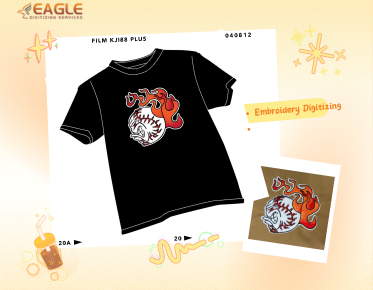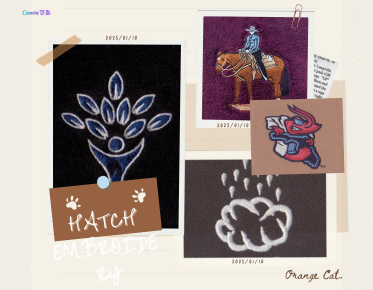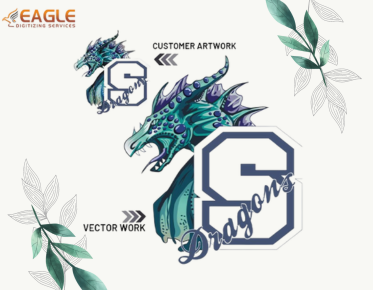What are vector images? How do I learn to create them?
Understanding Vector Images
Vector images are digital artworks composed of points, lines, curves, and shapes based on mathematical expressions. Unlike raster images, which consist of pixels, vector images can be scaled infinitely without losing quality, making them ideal for logos, illustrations, and any digital art that requires resizing. This characteristic makes vector graphics a popular choice for print media, where clarity and resolution are paramount.
For those interested in graphic design, understanding what vector images are and learning how to create them is an essential skill. Vector images are versatile and can be used across various platforms, from web graphics to merchandise branding.
Why Choose Vector Over Raster?
Choosing between vector and raster graphics often depends on the project requirement. Vectors provide clear and crisp images that remain sharp regardless of size alterations. Unlike raster images, which pixelate when enlarged, vector images maintain their edge clarity and sharp colors. This makes them an optimal choice for design projects that require flexibility and precision, such as marketing materials, screen printing, and promotional [materials](https://vector-conversions.com/).
Learning to Create Vector Images
Getting Started with Vector Software
To create vector images, you first need to familiarize yourself with vector graphic software. The most widely used tools are Adobe Illustrator and CorelDRAW, both of which offer comprehensive features for creating and manipulating vector graphics. While learning these tools might seem daunting at first, most of them provide a range of tutorials and community forums to help new users get started. Free and open-source alternatives like Inkscape also offer substantial functionality and are great for beginners or those on a budget.
Basic Techniques for Vector Creation
Creating vector graphics involves understanding basic artistic concepts like line, shape, and color. Beginners should practice creating simple shapes and experimenting with paths and strokes to understand how vector elements interact. As you gain confidence, delve into more complex techniques like layering and using vector masks to enhance detail and texture in your designs. Learn to use the Pen Tool, one of the most powerful features in vector software, for crafting precise paths.
Advanced Vector Techniques and Skills
For those aiming to advance their skills, mastering techniques like raster to vector conversion, vector tracing, and creating multi-layered designs will be crucial. Advanced users can create complex graphics for professional use, including illustration design and technical drawing. Mastery in these areas opens up opportunities in fields such as marketing, graphic design, and digital content creation.
Eagle Digitizing and Their Vector Services
Eagle Digitizing offers a range of services that can support individuals and businesses in vector art creation. Their expertise includes vector tracing, background removal, and color correction. They are known for quick turnaround times and high-quality results in raster to vector conversion and their ability to meet diverse customer needs. They cater to various industries, providing services suitable for small to mid-sized businesses, as well as offering solutions in logo vectorization and custom art creation.
How to Benefit from Professional Vector Services
While learning to create vector images is a valuable skill, many businesses opt to utilize professional vector services to ensure precision and quality. Eagle Digitizing presents a robust option for those in need of reliable vector art services, offering customized solutions that can cater directly to the needs of any project size and complexity.
Future of Vector Graphics
As technology continues to evolve, the demand for high-quality vector graphics is expected to grow. With this growth, the software tools and resources available to both amateur and professional designers will also expand, offering more opportunities to create sophisticated digital art. Consider how innovations in digital design might further impact the field of vector graphics, especially with the growing influence of artificial intelligence and automation in graphic design processes.
Where to Start Creating Your Vector Art?
Whether you are pursuing vector art as a hobby or a professional pathway, starting with accessible projects and gradually incorporating more complex techniques will build your competence and confidence. Explore online courses, join design forums, and engage with content from professional communities to gain insight into evolving design trends and techniques. Embrace the continuous learning curve that vector graphics present, and explore how technology can enhance your design capabilities.



